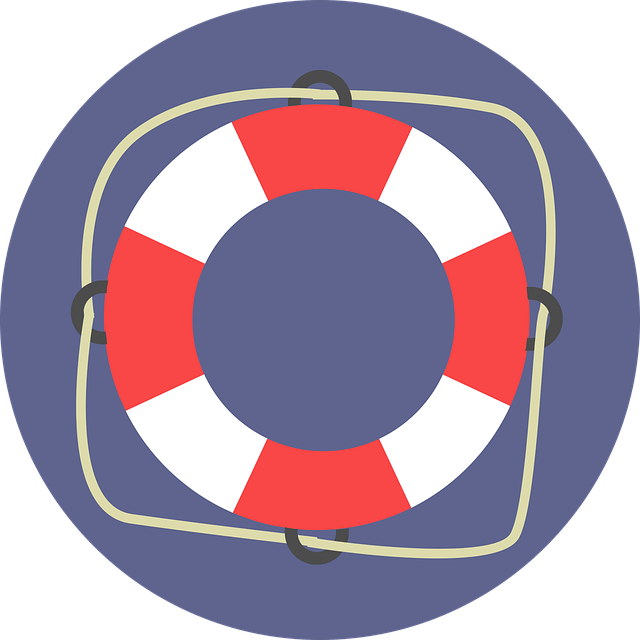In today’s digital age, e-readers have become increasingly popular among book lovers. With their sleek design and convenience, they offer a unique reading experience. One of the key factors that determine the overall usability of an e-reader is its battery life. After all, what good is a device if it constantly needs to be plugged in? In this article, we will take a closer look at the battery life of new e-readers and explore how long they can last on a single charge.
The Evolution of E-reader Batteries
Over the years, e-reader manufacturers have made significant strides in improving battery life. In the early days, e-readers could only last for a few days before needing a recharge. However, with advancements in technology, modern e-readers can now last for weeks or even months on a single charge.
E-ink Displays: A Power-Saving Solution
One of the key reasons why e-readers have impressive battery life is their use of e-ink displays. Unlike traditional LCD screens, e-ink displays do not require a constant power source to maintain the image on the screen. Instead, they only consume power when the page is refreshed. This power-saving feature allows e-readers to conserve energy and extend their battery life significantly.
Factors Affecting Battery Life
While e-readers generally have excellent battery life, there are several factors that can affect how long they can last on a single charge. Here are some of the key factors to consider:
1. Screen Brightness: Just like smartphones and tablets, e-readers have adjustable screen brightness settings. Higher screen brightness levels can drain the battery faster, so keeping it at a lower setting can help extend battery life.
2. Wireless Connectivity: E-readers often come with built-in Wi-Fi or cellular connectivity, allowing users to download books and browse the internet. However, having these features enabled can impact battery life. Disabling wireless connectivity when not in use can help conserve power.
3. Usage Patterns: How often and how long you use your e-reader can also affect its battery life. If you are an avid reader and spend several hours a day reading, the battery will naturally drain faster compared to someone who uses it sparingly.
4. Battery Age: Like any other rechargeable device, e-reader batteries degrade over time. As the battery ages, its capacity to hold a charge decreases, resulting in shorter battery life. However, modern e-readers often have replaceable batteries, allowing users to extend the lifespan of their device.
Maximizing Battery Life
If you want to get the most out of your e-reader’s battery life, here are some tips to consider:
1. Lower the screen brightness to the minimum level that is comfortable for reading.
2. Disable wireless connectivity when not in use or switch to airplane mode.
3. Put your e-reader into sleep mode when you’re not actively using it.
4. Avoid leaving your e-reader exposed to extreme temperatures, as this can affect battery performance.
Conclusion: Long-lasting Enjoyment
In conclusion, the battery life of new e-readers has greatly improved over the years. Thanks to advancements in technology and the use of power-saving e-ink displays, modern e-readers can last for weeks or even months on a single charge. By considering factors such as screen brightness, wireless connectivity, usage patterns, and battery age, users can further maximize their e-reader’s battery life. So, whether you’re an avid reader or a casual book lover, rest assured that your e-reader will provide you with long-lasting enjoyment without constantly worrying about recharging.




